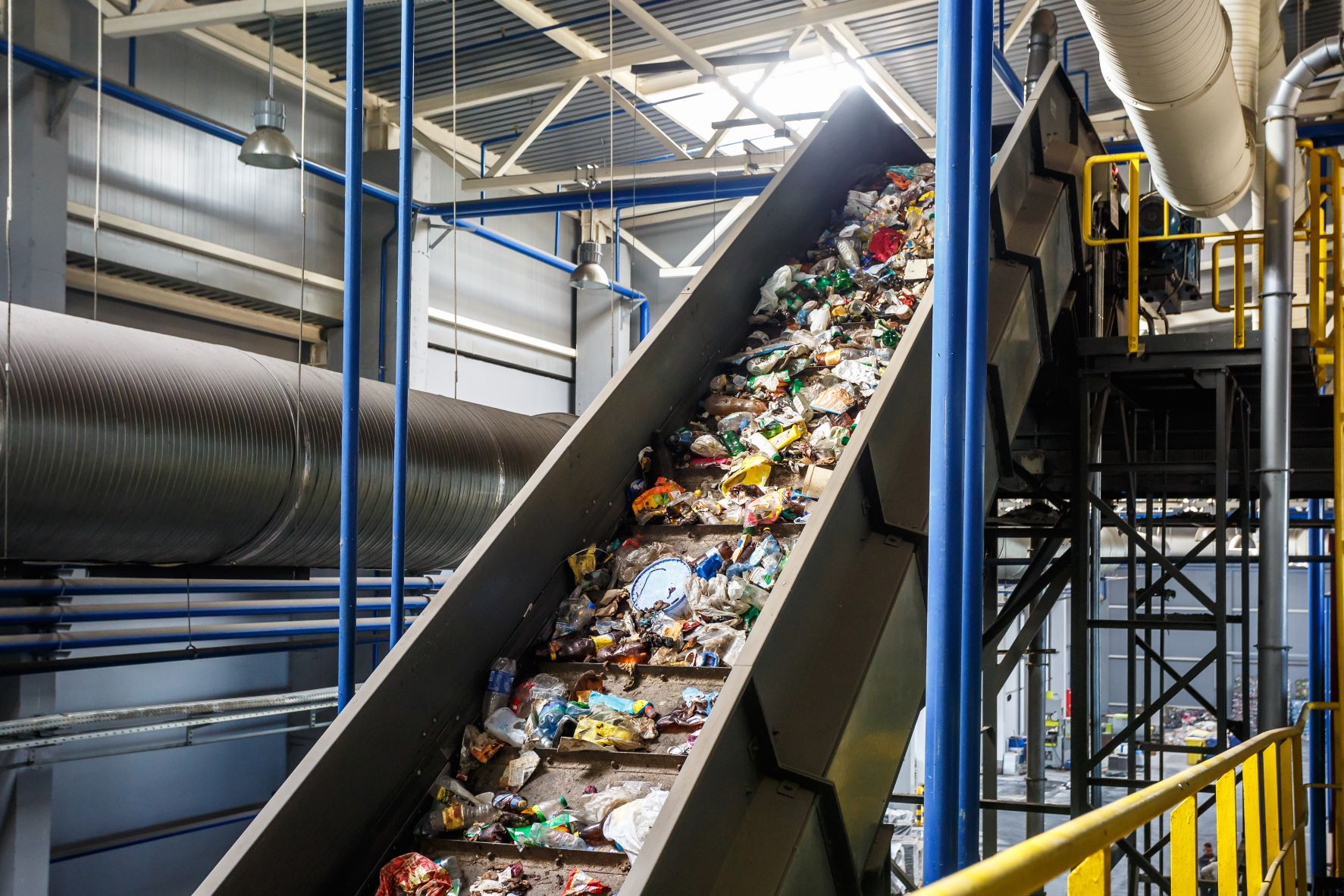The optimization of the waste management system worldwide could cut down 2.76 billion tons of CO2 per year, or 5% of total global emissions. It’d basically be as effective as grounding all commercial flights and taking 65% of cars off the road.
This is the conclusion of a new report commissioned by Norwegian waste collection and recycling specialist Tomra and conducted by Eunomia. The research shows that a holistic system that combines classic separate collection with deposit systems (DRS), extended producer responsibility schemes and policy framework regulations would be the best and most comprehensive way to manage waste and transform it from a problem to a resource.
Good waste management to fight the climate crisis
Cutting CO2 emissions has become a priority objective in every sector, as the European Commission reiterates with the Fit for 55 package recently presented. Circular economy and specifically waste management can play a fundamental role in this. This is the belief of the Norwegian company Tomra, which has been working for almost 50 years on systems for the collection and recovery of waste.
“Taking waste management to the next level” is the goal to pursue, and the study commissioned from the consulting firm Eunomia shows precisely how an optimized and widespread management system could combat the climate crisis and significantly reduce CO2 emissions.
“This reduction can be achieved using Holistic Resource Systems”, Tomra representatives explain, “the optimized combination of key waste management practices for collection, sorting and recycling to facilitate the transition toward a circular economy, which is preventing resource depletion, reducing littering and contributing to a carbon neutral world.”
A holistic system is the ideal combination of politically defined framework regulations (such as extended producer responsibility), deposit return systems (DRS), and innovative technologies for separation and recovery of different waste streams into resources.
The three elements of a holistic waste management system
In particular, the report identifies three key elements to building an effective holistic system for managing resource flows.
The first element, which is key to success, is the introduction of deposit return systems or DRS: a scheme that encourages consumers to return an empty container after use by asking for a small amount of money “on deposit”, which is then returned. Applied to PET beverage or metal containers, these schemes achieve return rates of around 90%, maximizing the collection of high-quality materials and thus reducing both waste and CO2.
The second point is the separate collection of certain categories of waste: organic waste, paper, textiles and electrical and electronic equipment (e-waste). This practice, according to the research, needs to be improved everywhere to achieve higher recovery rates.
Finally, there is a need to implement or improve sorting of mixed waste (MWS), which could provide higher recovery and recycling rates alone than the other elements combined. In contrast, incineration or landfilling of plastic waste or other materials generates unnecessary CO2 emissions, as well as being a waste of materials. “MWS needs to be considered an investment priority now, as it is a required backstop to ensure waste management systems capture as many resources as possible for recycling,” Tomra explains.
“Now is the time for real action to ensure societies stop wasting resources with all the related negative consequences,” underlines Volker Rehrmann, Executive Vice President and Head of TOMRA Recycling/Mining & Circular Economy Division. “In many places, the pandemic helped to meet Paris Climate Agreement goals. But even maintaining this level will require determined and consistent implementation, including holistic systems, to close the loops.”



